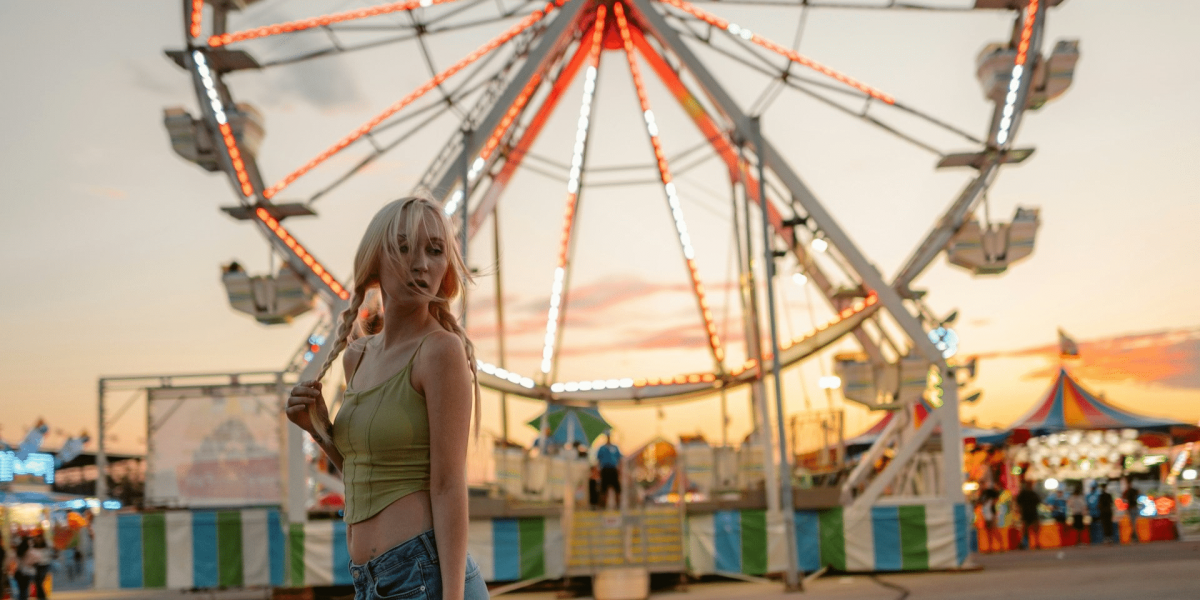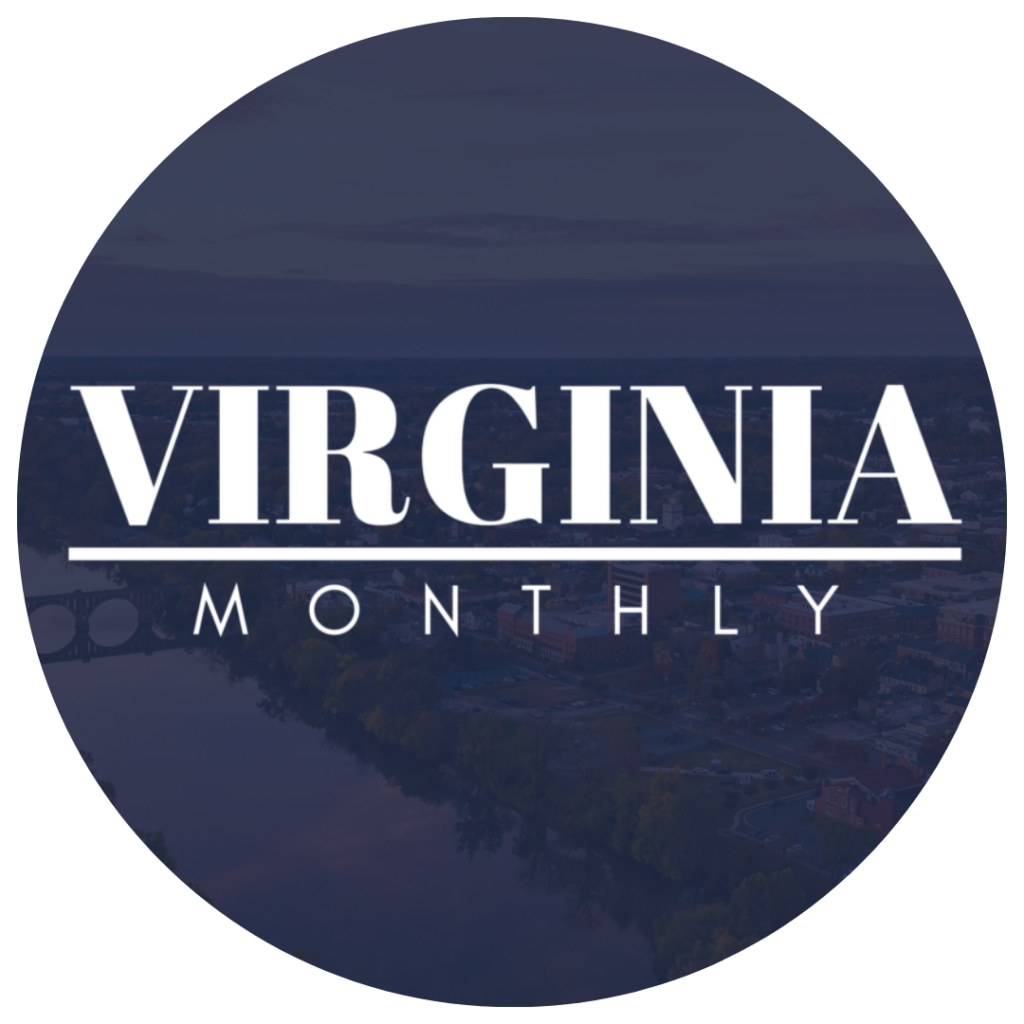The Virginia State Fair is a cherished tradition that has been a part of the state’s cultural fabric for over a century. As one of the oldest state fairs in the United States, it has played a significant role in celebrating Virginia’s agricultural heritage, promoting community spirit, and providing entertainment for generations of residents. This article explores the rich history of the Virginia State Fair, from its humble beginnings to its present-day significance.
The Beginnings of the Virginia State Fair
The Virginia State Fair was first held in 1854, making it one of the oldest state fairs in the nation. The early fairs were modest events, primarily focused on showcasing agricultural products and livestock. These fairs were organized by the Virginia State Agricultural Society, which aimed to promote agricultural education and innovation among the state’s farmers.
Early Agricultural Focus
In its early years, the Virginia State Fair served as a platform for farmers to display their best crops, livestock, and agricultural practices. Competitions were held to reward the most outstanding agricultural achievements, and these events quickly became a highlight for the farming community. The fair also provided a space for exchanging ideas and learning about new agricultural technologies, which were crucial for improving farming productivity in the 19th century.
Challenges and Growth
The fair faced several challenges in its early years, including the Civil War and economic hardships that disrupted its annual schedule. However, it managed to survive these difficult times and continued to grow in popularity. By the late 19th century, the fair had expanded to include more attractions, such as horse racing, carnivals, and musical performances, drawing larger crowds each year.
The Evolution of the Virginia State Fair
As the 20th century progressed, the Virginia State Fair evolved to reflect the changing times. The fairgrounds were moved several times to accommodate growing attendance, and the event began to incorporate more diverse forms of entertainment.
Relocation and Modernization
In 1906, the fair moved to Richmond, where it remained for several decades. The relocation marked a new era for the Virginia State Fair, as it became more accessible to a larger population. The fairgrounds were modernized to include permanent structures, such as exhibition halls and grandstands, which allowed for more elaborate displays and performances.
Throughout the 20th century, the fair continued to diversify its offerings. While agriculture remained a central theme, the fair also embraced new attractions, including amusement rides, talent shows, and food vendors. These additions helped the fair appeal to a broader audience, transforming it into a major social event for Virginians of all ages.
The Impact of World Events
The Virginia State Fair, like many other events, was affected by significant world events, such as World War I, the Great Depression, and World War II. During these periods, the fair served as a morale booster, offering a sense of normalcy and community spirit in challenging times. The fairgrounds were also used for various war efforts, including bond drives and agricultural demonstrations aimed at supporting the war.
The Virginia State Fair Today
Today, the Virginia State Fair is held annually at The Meadow Event Park in Doswell, Virginia. It has grown into a large-scale event that attracts hundreds of thousands of visitors each year. The fair continues to celebrate Virginia’s agricultural roots while embracing modern entertainment and attractions.
Agricultural Heritage and Education
Agriculture remains a cornerstone of the Virginia State Fair. Visitors can explore exhibits showcasing the latest in farming technology, view livestock competitions, and learn about sustainable agricultural practices. The fair also offers educational programs for children and young adults, encouraging the next generation to engage with agriculture and understand its importance to Virginia’s economy and culture.
Entertainment and Attractions
In addition to its agricultural focus, the Virginia State Fair offers a wide range of entertainment options. The fair features live music performances, carnival rides, food vendors offering everything from traditional fair fare to gourmet dishes, and arts and crafts displays. Each year, the fair introduces new attractions to keep the experience fresh and exciting for returning visitors.
Community and Tradition
The Virginia State Fair remains a beloved tradition for many Virginians. It provides an opportunity for families, friends, and communities to come together and celebrate the state’s rich heritage. The fair is also a platform for local artisans, musicians, and entrepreneurs to showcase their talents and products, further strengthening the sense of community.
The history of the Virginia State Fair is a testament to its enduring significance in the lives of Virginians. From its early days as a modest agricultural exhibition to its current status as a major annual event, the fair has continually evolved while staying true to its roots. As the fair continues to grow and adapt to changing times, it remains a vital part of Virginia’s cultural heritage, offering a unique blend of tradition, education, and entertainment for all who attend.








